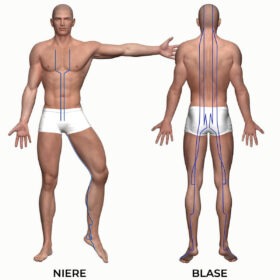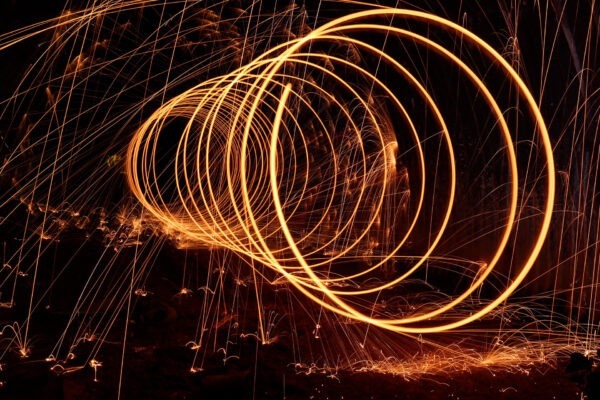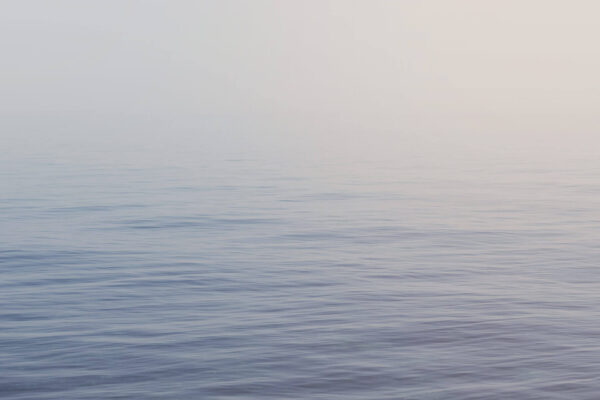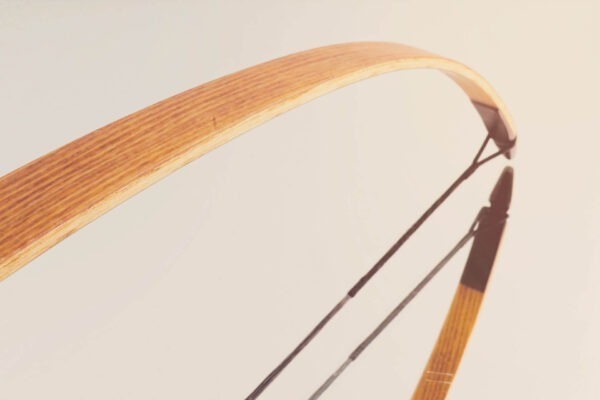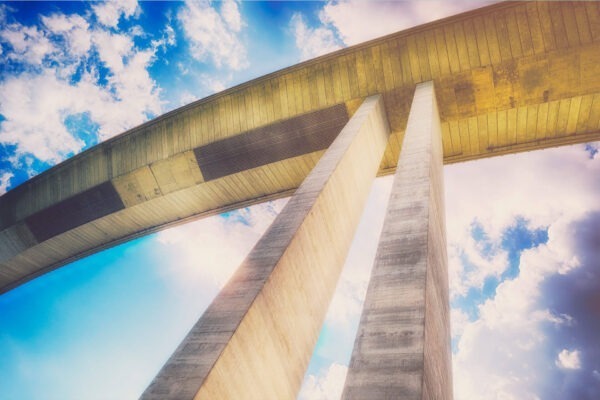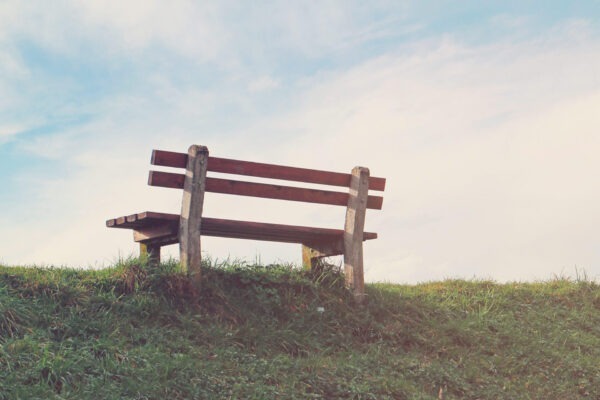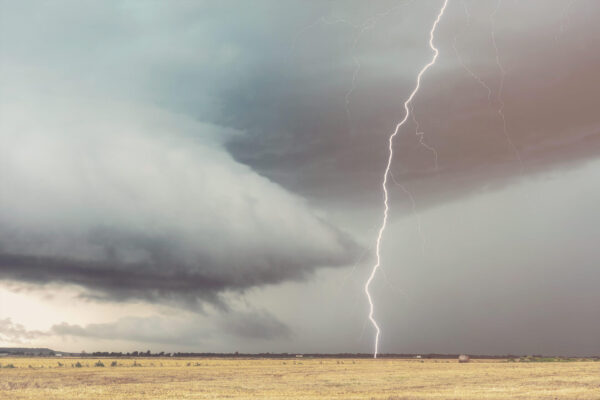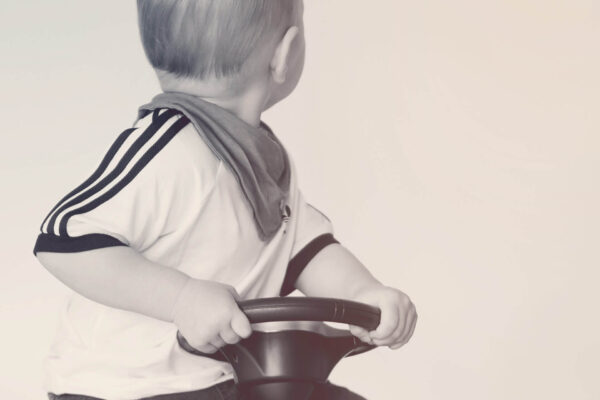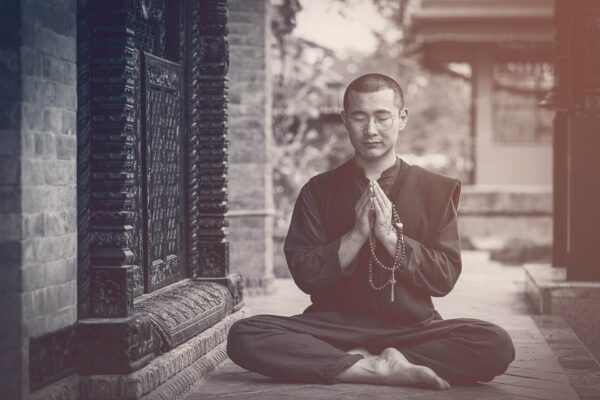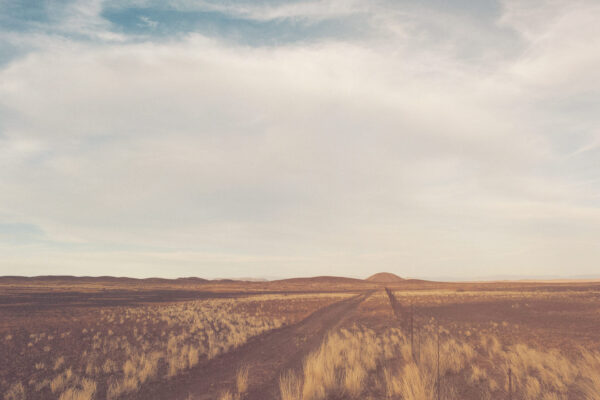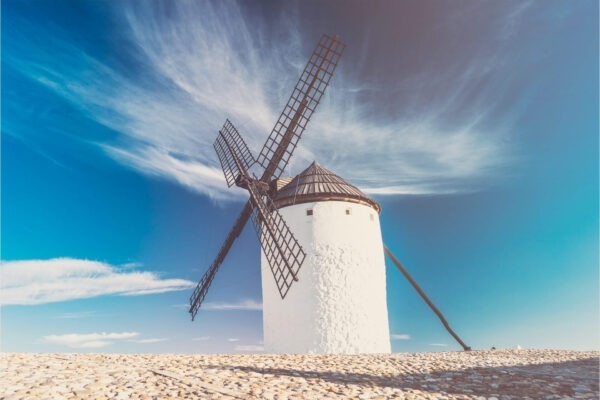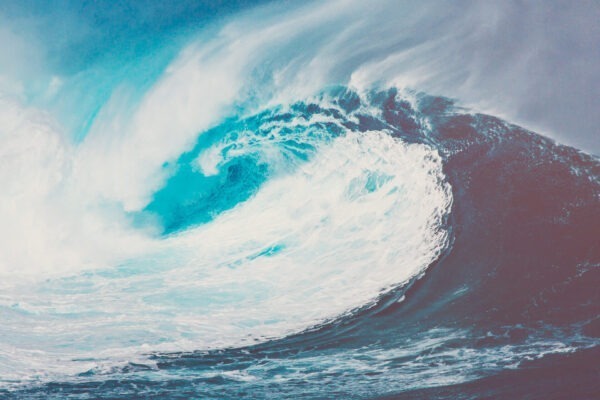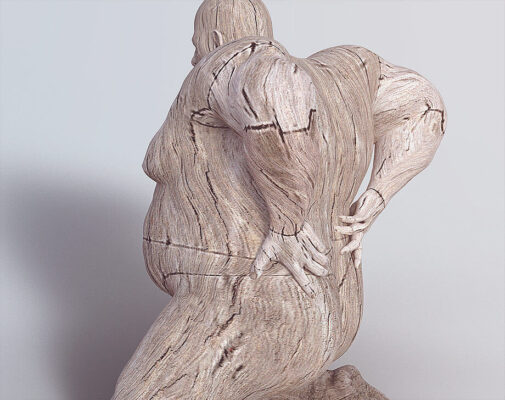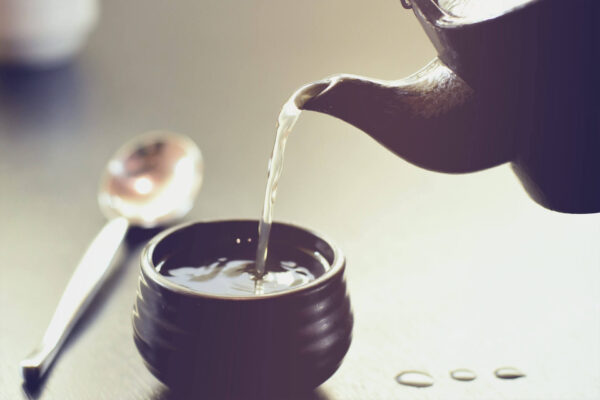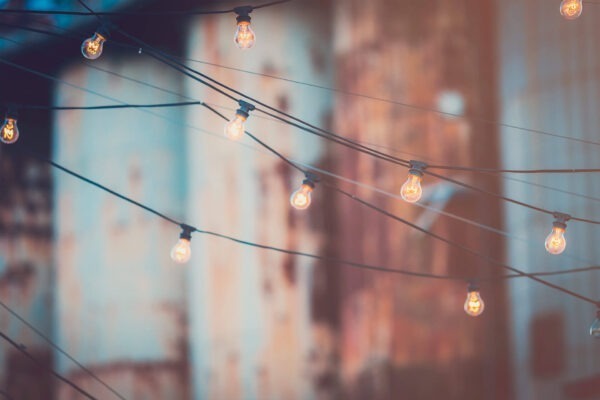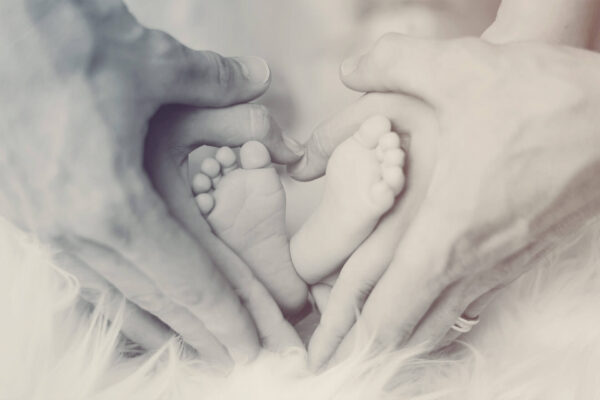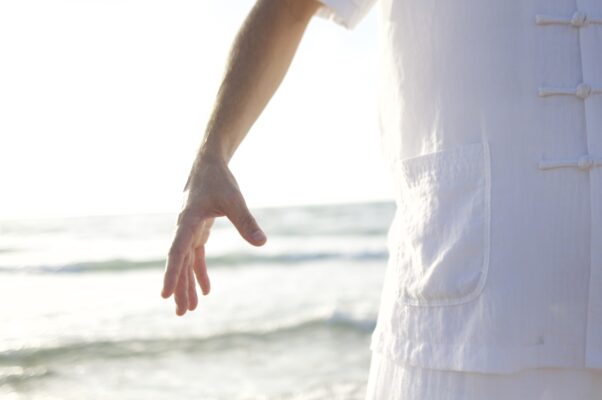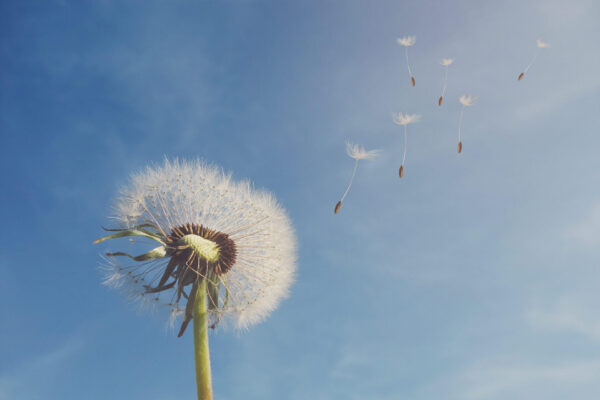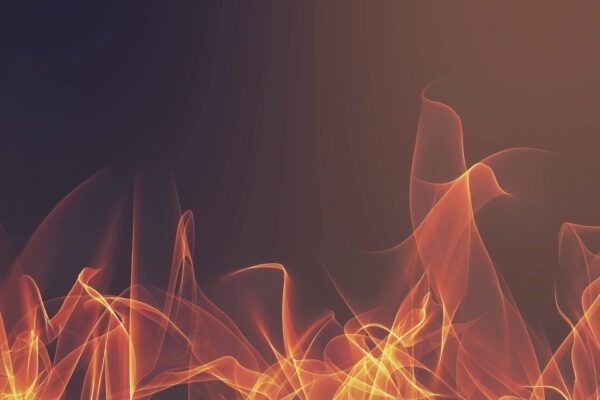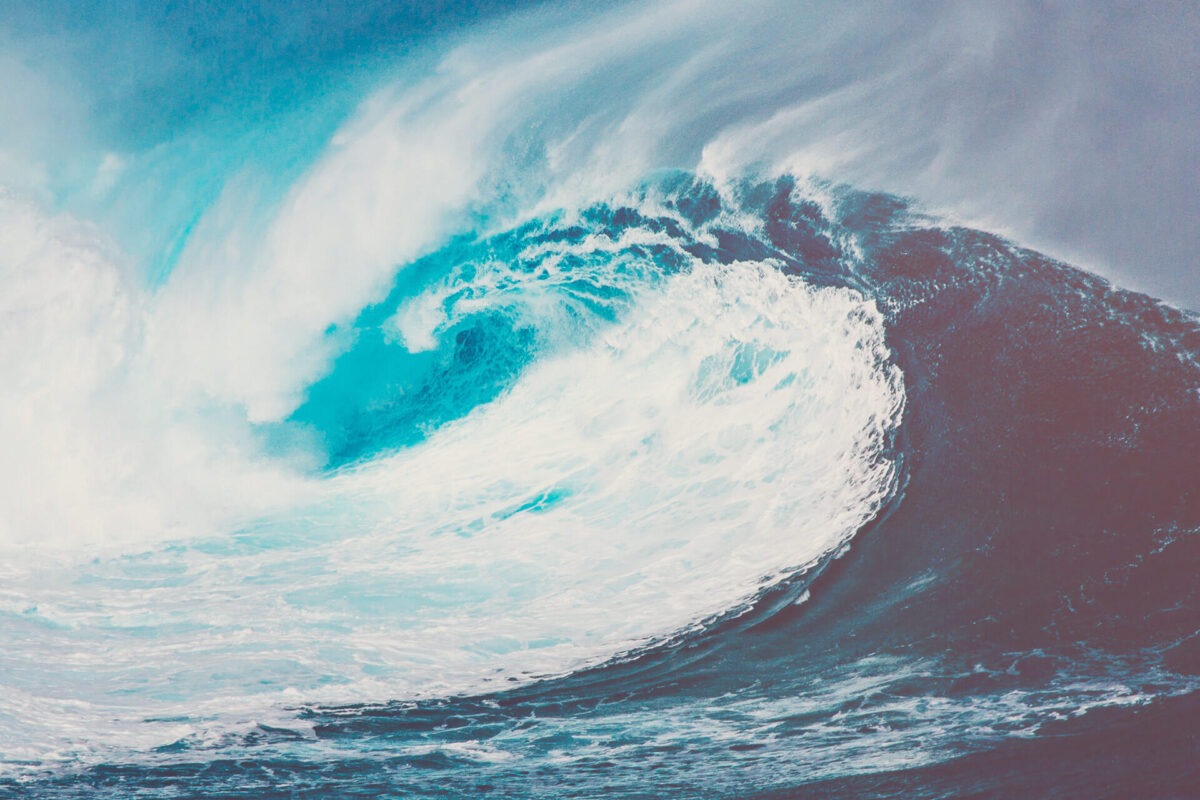
Qi Gong exercises
explained
Exercise description
Starting position is the shoulder to hip width qigong stance. From there, move into the so-called "bow step". You step with the left foot to the side.
However, this step to the side should not be too large, otherwise you will be unstable. Your right knee still points forward as at the beginning. Now shift the weight onto the back leg with the inhale and bring your hands in front of your chest.
With the exhale, now push your hands forward as if you were pushing away a wave. With the next inhale, raise your hands slightly up to shoulder height.
From there, still inhaling, they are drawn back to the body. This time you have the inner idea that you are being pushed backwards by the wave.
The weight is now back on the back leg and the exercise starts again.
Frequently asked questions
The back leg trembles during movement?
This is quite normal at the beginning. In most cases, we are not used to standing on one leg for a little longer. Although the back leg does not bear the entire body weight, the load is still very high.
Start at the beginning by not transferring the weight completely to the rear supporting leg. So you don't go too far back. In addition, be careful not to increase the number of repetitions too quickly. The muscles must first get used to this load.
Can I do the exercise even with disc problems?
If this exercise does not cause you acute pain, you can do it. However, the prerequisite is that you can stand stably on one leg without getting pain, buckling in the leg or tipping over.
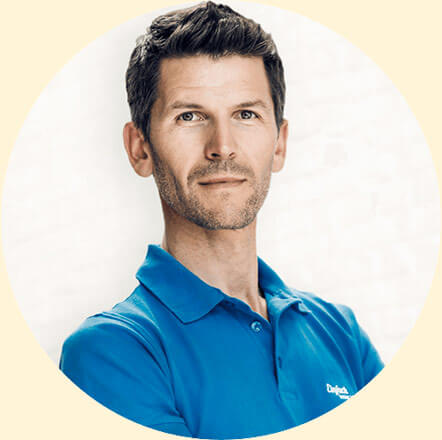
Pro tip from Wolfgang
If you have problems with balance, check whether you should make the step a little smaller. If you also place the front foot slightly offset to the rear foot to the side, you will have a more stable stance. Very important in this exercise is the imagination and thus the inner sensation. Concentrate on the wave with which you are in a continuous exchange.
Qi Gong Exercise Shaft Push - Element Water
Most common errors
The bow step is made too large, which leads to balance problems
The knee of the standing leg is rotated along with it and no longer points forward. This causes stress on the medial meniscus, which can cause knee problems over the years.
Training tips
If possible, train again and again in front of a mirror or record yourself with your smartphone and then study this video for mistakes.
Practice Qi Gong as regularly as possible.
Cultivate the inner attitude that Qi Gong with joy to be exercised, entirely without performance thoughts.
Assistance
What can you do if the exercise is too difficult?
In this exercise, the bow step causes the most problems. Nevertheless, we should not do without it, because it helps to build a strong base. The legs develop strength and we can better engage in qigong training. Do not make the bow step too big and do not shift the complete weight backwards.
If this exercise still causes difficulties, do another water exercise, such as "Activate life gate".
Helps with...
- Exhaustion
- Weakness
- Emaciation
- Hormonal imbalances
- Infertility
- Low self-confidence
- Weakness of will
- Hot or cold feet
- Anxiety
- Bladder weakness
- Urinary urgency disorders








